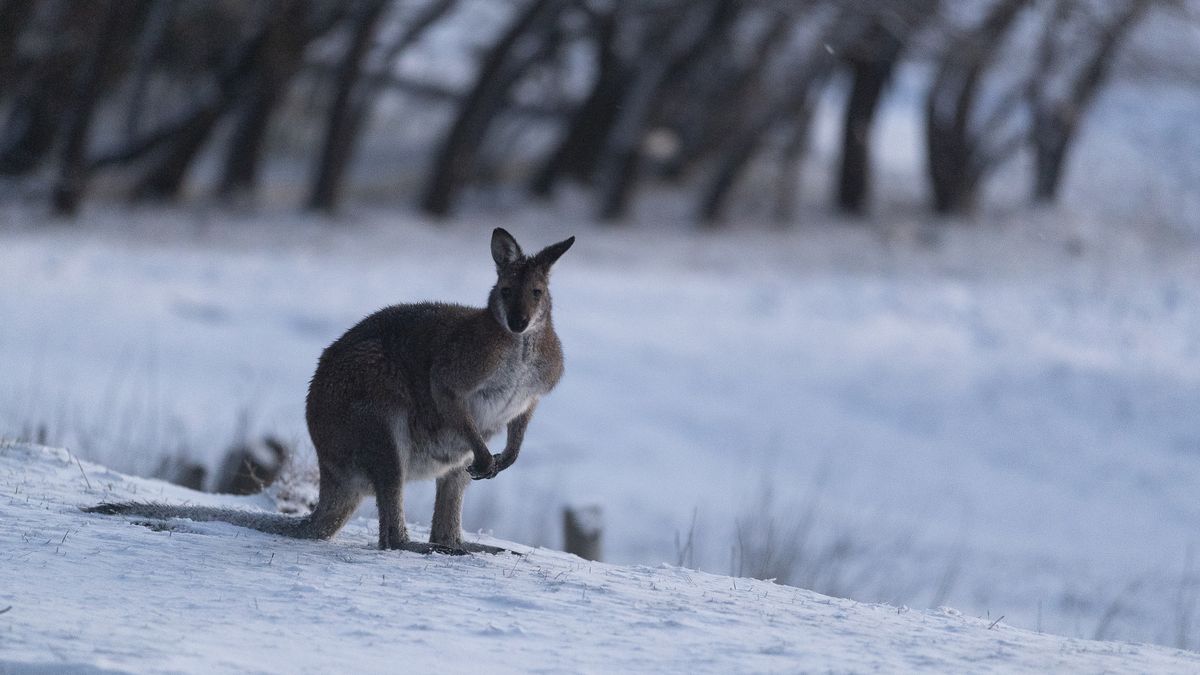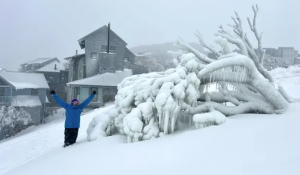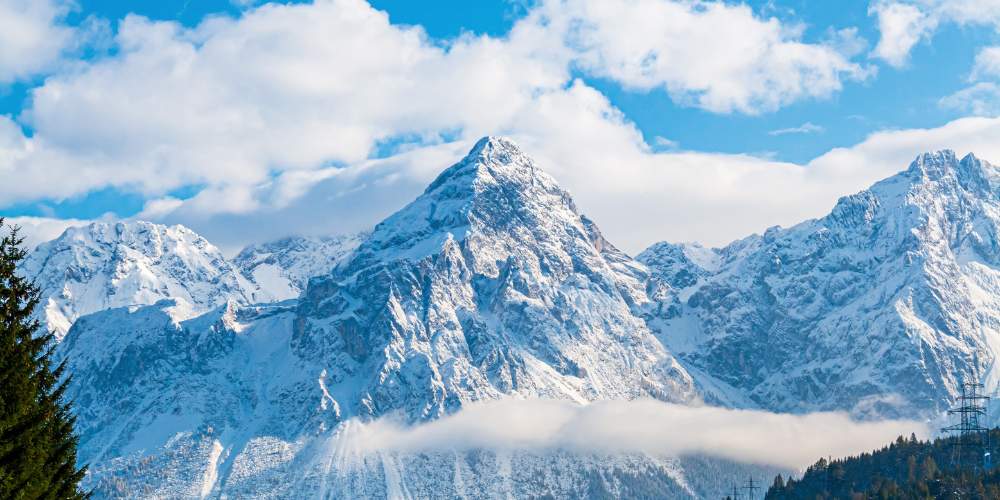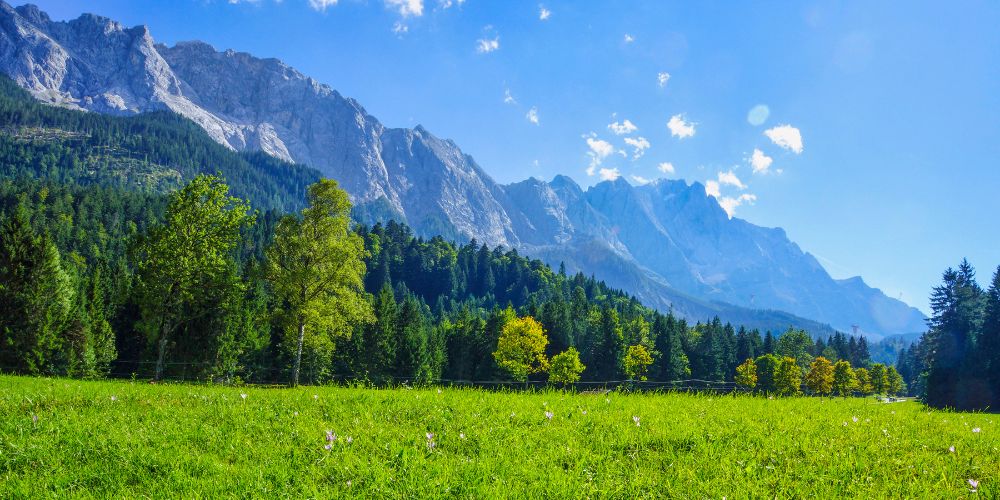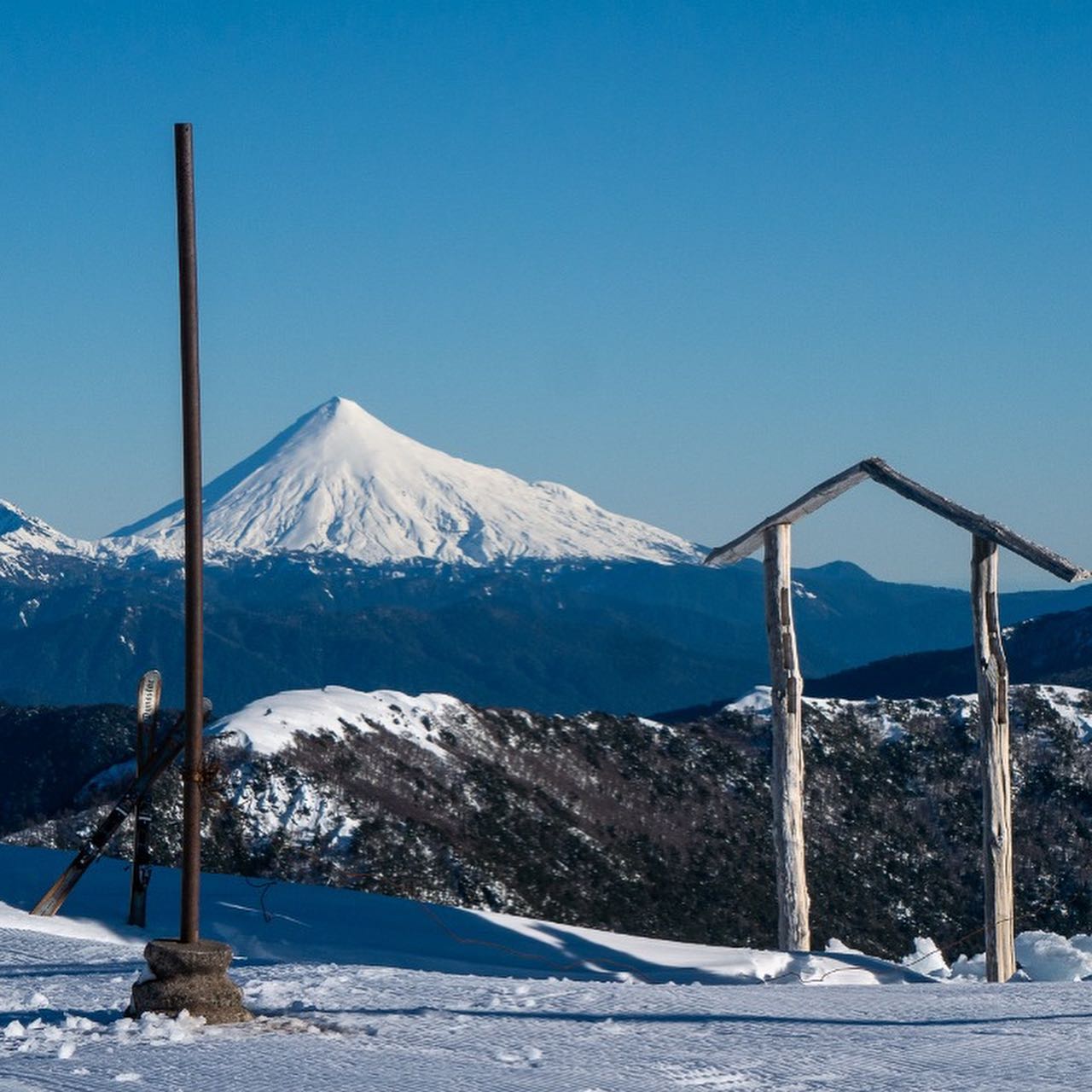Winter is coming soon in Australia, but it may not feel like it for many parts of the country. According to the Bureau of Meteorology (BOM), winter 2023 is likely to be warmer and drier than average for most of Australia, due to the influence of two climate drivers: El Niño and a positive Indian Ocean Dipole (IOD).
El Niño is a phenomenon that occurs when the central and eastern tropical Pacific Ocean becomes warmer than usual, affecting the atmospheric circulation and rainfall patterns around the world. A positive IOD is a similar phenomenon that occurs when the western tropical Indian Ocean becomes warmer than the eastern part, reducing the moisture available for rainfall over Australia.
Both El Niño and a positive IOD tend to cause warmer and drier weather in Australia during winter, especially in the southern and eastern regions. When these two climate drivers occur at the same time, they can reinforce each other and exacerbate their impact on Australia’s weather.
The BOM’s winter outlook shows that most of Australia has a high chance of experiencing below-average rainfall and above-average maximum temperatures from June to August. Some areas, such as south-west Western Australia, south-eastern South Australia, and Victoria, also have a high chance of experiencing unusually dry conditions, meaning rainfall in the lowest 20 per cent of historical records.
The only exceptions are parts of northern Queensland and Tasmania, which have a near-average chance of rainfall and temperature this winter.
The warmer and drier winter may have implications for agriculture, water resources, fire risk, and health. Farmers who rely on winter rainfall may face water shortages and reduced crop yields. Water storages may decline further in some regions that are already experiencing drought. Fire danger may increase in some areas due to the dry vegetation and warm temperatures. And people may be more vulnerable to heat stress, respiratory illnesses, and allergies.
However, the BOM also cautions that the winter outlook is not a guarantee of what will happen, but rather an indication of how the odds are stacked. There is still a possibility of cold snaps, rain events, snowfalls, and storms during winter, depending on local weather systems and variability.
The BOM advises people to stay updated with the latest forecasts and warnings, and to prepare for any potential impacts of the winter weather.
